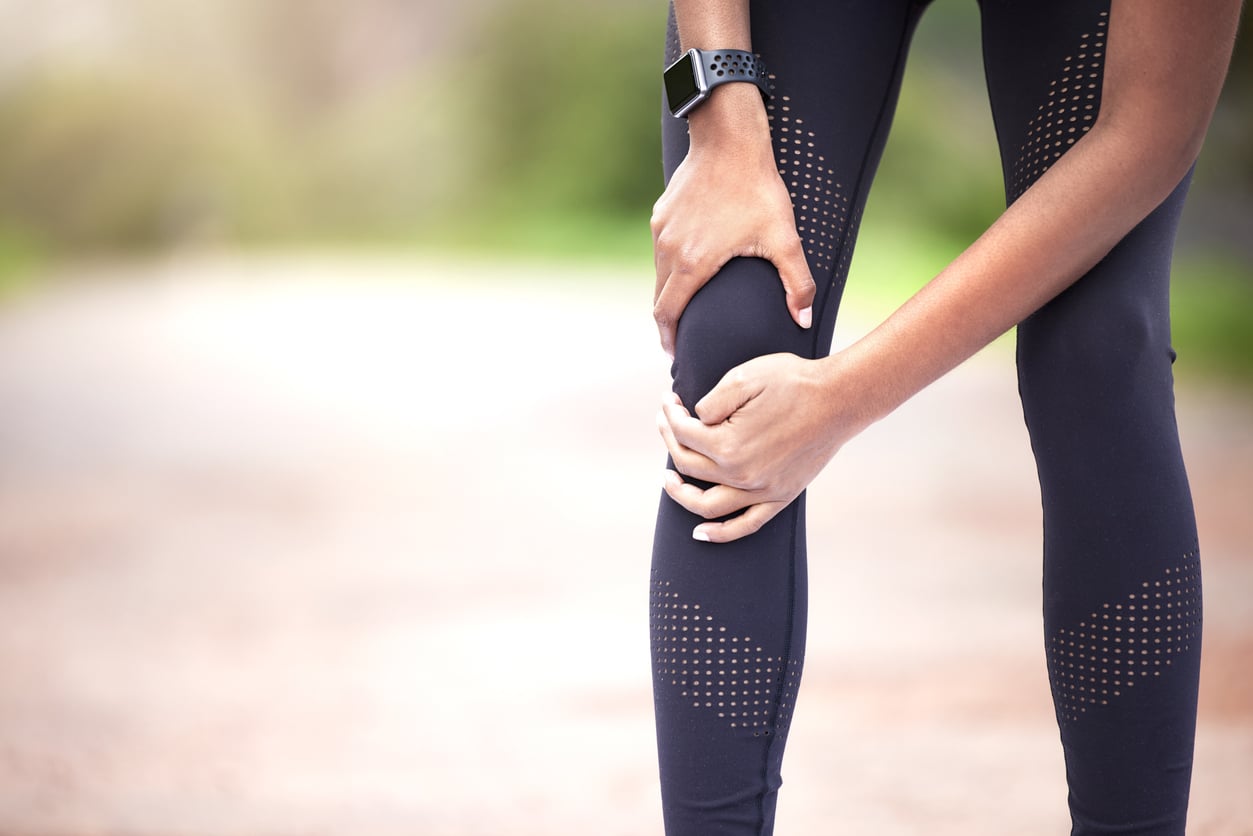
Knee pain is one of the most common conditions treated in orthopedics. As the largest joint in your body, your knee is designed with a complex combination of ligaments, tendons, bones, and cartilage that work together to provide both mobility and stability for your every move.
One reason for knee pain is a condition known as patellofemoral pain syndrome, most commonly referred to as “runner’s knee” or “jumper’s knee.” People with runner’s knee usually have pain in and around the front of their knee in the kneecap. Pain usually happens during or after strenuous activity that puts stress on the knees such as running, jumping, or squatting.
Causes Of Runner’s Knee
Runner’s knee can be caused by a number of different reasons. The most common causes include:
- Intense physical activity that puts stress on the knees such as running or squatting.
- Increased activity level, such as running longer distances or exercising more often
- Poor form during athletic training
- Changes in athletic footwear such as new running shoes
Symptoms of Runner’s Knee
You may have a number of symptoms related to knee pain from runner’s knee. Some of the most common symptoms of runner’s knee include:
- Aching pain in and around your kneecap, also known as the patella.
- Knee pain during or after activities that involve you having to bend your knee such as running, jumping, or squatting.
- Stiffness or dull pain after being in a seated position with your knee bent for an extended period of time.
At Home Treatment
Most people with runner’s knee can get relief from their pain with some very simple remedies.
- Reduce high impact activities: Incorporating more low-impact exercises and activity is a great place to start. Walking, biking, swimming, and using an elliptical machine are all great ways to get cardio exercise while reducing the amount of stress on your knees.
- Stretching: Improving flexibility in your hamstrings and quadriceps can help prevent runner’s knee. Adding some stretches that focus on these muscle groups can improve and may even prevent pain from runner’s knee.
- Body Weight: Maintaining a healthy body weight is critical when it comes to reducing or preventing knee pain.
When to see a doctor
If persistent knee pain starts to negatively impact your daily activity or lifestyle, consider seeing an orthopedic specialist. They can help determine the cause of your pain, and make recommendations on how to help you get relief from your knee pain.
If you want to see an orthopedic specialist about your knee pain, request an appointment with us today!